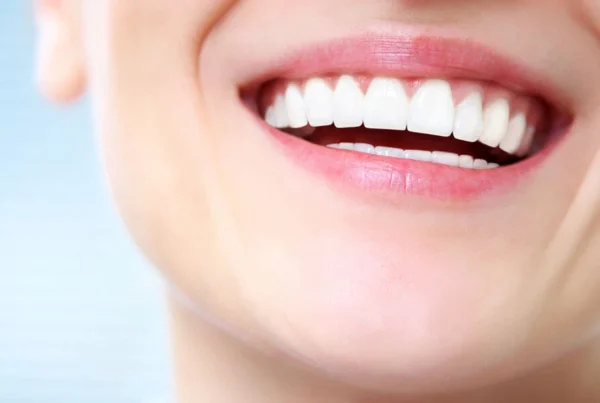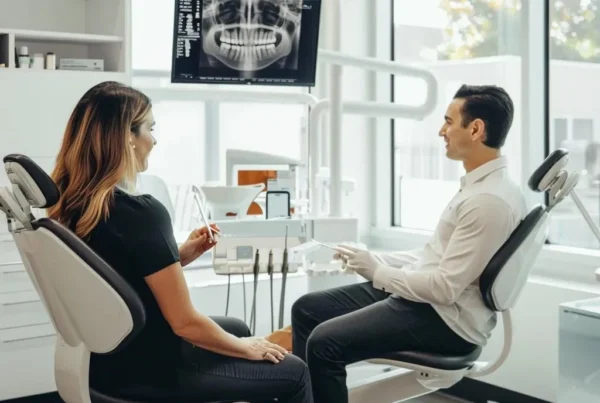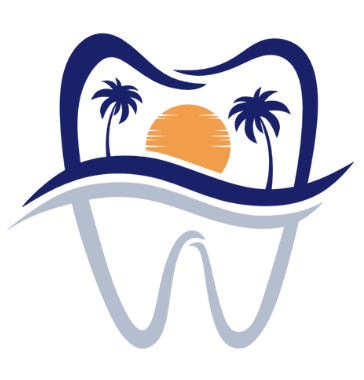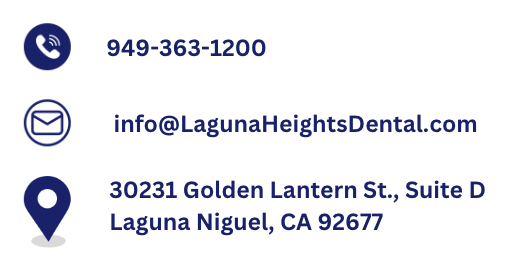Crown sensitivity management represents a critical component of comprehensive post-procedure patient care that directly impacts treatment satisfaction and long-term crown success. This isn’t just about addressing patient complaints following crown placement. Understanding sensitivity mechanisms, systematic assessment protocols, and evidence-based intervention strategies creates significant opportunities for practice enhancement through superior patient outcomes and strengthened professional relationships.
Laguna Heights Dental recognizes crown sensitivity management as essential for ensuring optimal patient experiences while protecting crown longevity and oral health integrity. Their team is developing comprehensive training programs that teach dentists how to identify sensitivity causes, implement systematic treatment protocols, and provide comprehensive patient education that prevents complications while ensuring optimal outcomes. This specialized education transforms routine post-procedure care into exceptional patient support experiences.
The transformation extends far beyond basic sensitivity complaints management during follow-up appointments. You’re learning systematic approaches to cause identification, intervention selection, and prevention strategies that position your practice as the premier provider of comprehensive crown care while delivering exceptional post-procedure outcomes through evidence-based sensitivity management protocols.
Understanding Crown Sensitivity Mechanisms and Causes
Effective crown sensitivity management requires comprehensive understanding of multi-faceted sensitivity triggers and systematic assessment approaches that guide appropriate intervention selection. Laguna Heights Dental provides detailed training on sensitivity mechanism education that enables precise cause identification and targeted treatment planning.
Natural tissue reaction education enables practitioners to explain how dental tissue responses to crown preparation procedures can temporarily increase sensitivity through nerve agitation and tissue adjustment processes. Training covers systematic patient education about expected sensitivity patterns while providing realistic timelines for natural resolution and comfort restoration.
Crown fit assessment protocols help practitioners identify misfitting crowns that create bacterial infiltration opportunities leading to inner layer aggravation and ongoing discomfort. Training emphasizes systematic evaluation techniques that recognize fit problems requiring prompt professional intervention through crown reseating or reshaping procedures.
Pre-existing condition identification enables systematic evaluation of underlying issues like gum disease or tooth decay that amplify post-crown sensitivity and require targeted treatment approaches. Training covers comprehensive assessment protocols that address foundational problems essential for sensitivity alleviation and crown integrity protection.
This comprehensive mechanism understanding enables dental professionals to provide sophisticated crown sensitivity management that addresses both immediate discomfort and underlying causes while building patient confidence through informed care delivery and systematic intervention.
Building Systematic Cause Assessment Excellence
Managing crown sensitivity effectively requires a thorough and methodical approach to determining its cause. At Laguna Heights Dental, dentists are trained to follow structured assessment protocols that differentiate between normal post-procedure sensations and signs of a more serious complication. This ensures patients receive accurate diagnoses and the right treatment without unnecessary delays.
Immediate sensitivity evaluation focuses on recognizing typical healing responses following crown preparation, where the enamel has been altered and may cause temporary reactions to temperature or pressure. Training includes clear assessment methods that separate expected short-term sensitivity from symptoms that suggest underlying problems requiring additional care.
Persistent sensitivity analysis allows practitioners to detect issues such as an ill-fitting crown, which can cause uneven bite forces, or misaligned margins that invite bacterial infiltration and potential decay. By following defined examination protocols, dentists can spot chronic discomfort patterns that signal a need for crown adjustment or even replacement.
Contributing factor identification addresses underlying conditions such as bruxism, which can damage both the crown and the supporting tooth structure due to repeated force. Training emphasizes evaluating these mechanical stressors and implementing interventions like bite adjustments or habit management plans to protect the restoration and reduce ongoing discomfort.
Key assessment elements include:
- Systematic evaluation protocols that distinguish normal healing responses from complications requiring intervention
- Comprehensive crown fit assessment techniques that identify alignment and margin problems promptly
- Evidence-based contributing factor analysis that addresses mechanical and biological sensitivity causes
- Professional examination standards that ensure accurate diagnosis and appropriate treatment selection
- Documentation systems that track sensitivity patterns and treatment response for optimal outcomes
By combining expert assessment skills with a structured evaluation process, dental professionals can create a solid foundation for resolving crown sensitivity effectively. This approach not only preserves restoration integrity but also enhances patient trust and satisfaction through clear explanations and targeted care.
Implementing Normal Recovery Education and Monitoring
Crown sensitivity management requires systematic patient education about normal adjustment periods that prevents unnecessary concern while promoting appropriate complication recognition. Laguna Heights Dental provides training on comprehensive recovery education that sets realistic expectations while ensuring timely intervention when needed.
Normal adjustment communication helps patients understand that mild temperature and pressure sensitivity represents expected healing responses as affected teeth and tissues adapt to crown placement. Training covers systematic education approaches that normalize temporary discomfort while providing reassurance about natural healing processes and expected resolution timelines.
Recovery timeline education enables practitioners to explain individual variation in healing experiences while establishing realistic expectations about sensitivity duration and improvement patterns. Training emphasizes systematic communication that promotes patience during normal adjustment while identifying concerning symptoms requiring professional evaluation.
Complication recognition training helps patients understand when sensitivity extension beyond expected periods or sudden pain escalation signals underlying issues warranting examination. Training covers systematic warning sign education that empowers patients to seek appropriate care while preventing complications through early intervention and professional assessment.
Developing Comprehensive In-Office Treatment Protocols
Crown sensitivity management requires systematic intervention approaches that provide relief while maintaining crown longevity through evidence-based treatment selection. Laguna Heights Dental trains dentists to implement comprehensive treatment protocols that address various sensitivity causes effectively.
Crown adjustment excellence focuses on fine reshaping and polishing techniques that ensure better tooth fit while alleviating stress points causing pain and discomfort. Training covers systematic adjustment approaches that resolve minor sensitivity issues while preserving crown integrity and function through precise modification techniques.
Therapeutic intervention protocols target internal tooth well-being through nerve calming and tissue healing approaches including desensitizing agent applications and soothing procedures. Training emphasizes conservative treatment strategies that provide relief without extensive dental work requirements while addressing underlying sensitivity causes systematically.
Crown replacement decision-making establishes systematic criteria for determining when conservative measures prove insufficient and crown replacement becomes necessary for optimal patient outcomes. Training covers comprehensive evaluation protocols that ensure replacement decisions align with patient health and comfort needs through evidence-based assessment approaches.
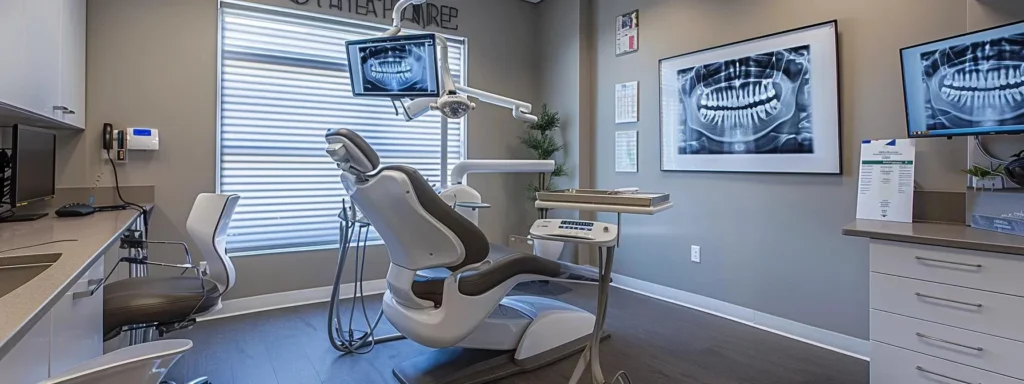
Implementing Proactive Prevention Strategies
Crown sensitivity prevention requires systematic approaches that address material selection, preventive measures, and patient-specific risk factors during treatment planning phases. Laguna Heights Dental provides training on comprehensive prevention protocols that minimize post-procedural discomfort through strategic planning.
Material selection optimization enables practitioners to choose crown materials based on individual tolerance levels and past dental experiences that minimize sensitivity potential while ensuring optimal biocompatibility. Training covers systematic material assessment that matches patient characteristics with appropriate crown options through evidence-based selection criteria.
Preventive measure integration addresses patient dental habits and conditions including bruxism management through nightguard utilization that protects crowns while reducing stress-related sensitivity development. Training emphasizes systematic prevention planning that prolongs crown life while mitigating discomfort risks through protective strategy implementation.
Strategic treatment planning ensures proactive steps taken before crown placement substantially decrease post-procedural sensitivity likelihood while enhancing patient comfort and crown success. Training covers comprehensive planning approaches that consider individual risk factors while implementing appropriate preventive measures through systematic intervention.
Building Professional Intervention Timing Recognition
Crown sensitivity management requires systematic recognition of appropriate professional intervention timing that ensures optimal patient outcomes while preventing complication escalation. Laguna Heights Dental trains dentists to identify intervention triggers while educating patients about seeking timely care.
Deterioration pattern recognition helps practitioners and patients identify sensitivity worsening over time indicating potential crown or underlying tooth problems requiring professional evaluation and intervention. Training covers systematic monitoring approaches that distinguish concerning patterns from normal healing variations through evidence-based assessment protocols.
Persistent pain identification enables recognition of discomfort extending beyond normal adjustment periods suggesting underlying issues requiring comprehensive dental evaluation and targeted treatment. Training emphasizes systematic symptom assessment that ensures appropriate intervention timing while preventing complication development through early recognition.
Spontaneous pain assessment protocols help identify discomfort occurring without evident triggers requiring professional evaluation to diagnose causes and discuss appropriate treatments. Training covers systematic evaluation approaches that address unexplained sensitivity while ensuring comprehensive assessment and intervention planning.
Implementing Comprehensive At-Home Relief Education
Managing crown sensitivity effectively begins with giving patients the right tools and knowledge to care for themselves at home. At Laguna Heights Dental, the focus is on educating patients about proven methods to relieve discomfort while supporting the healing process. This proactive approach ensures that patients can manage sensitivity confidently while protecting the integrity of their restorations.
Desensitizing toothpaste education helps patients understand how specialized formulas block pain signals from the tooth surface to the nerves by creating a protective barrier. Training covers how to recommend appropriate products, explain ingredient benefits, and provide guidance on proper use for maximum relief.
Dietary modification guidance focuses on helping patients avoid extreme hot or cold foods and beverages that can trigger discomfort. Counseling encourages choosing items at a more neutral temperature, which promotes comfort and minimizes irritation during the healing process.
Gentle care practice education ensures patients know how to use soft-bristled toothbrushes and non-abrasive techniques to protect their crowns. Instruction emphasizes how these habits not only reduce sensitivity but also safeguard overall oral health by preventing unnecessary wear or damage.
Best practices for crown sensitivity management focus on:
- Developing systematic assessment protocols that accurately distinguish normal healing from complications requiring intervention
- Creating comprehensive patient education programs that set realistic expectations while promoting appropriate care seeking
- Implementing evidence-based intervention strategies that provide relief while preserving crown longevity and integrity
- Building prevention-focused approaches that minimize sensitivity potential through strategic planning and risk factor management
- Establishing quality assurance procedures that ensure optimal patient outcomes and sustained crown success
These prevention and care strategies allow patients to take an active role in their recovery while feeling supported by professional guidance. By combining thorough education with practical home care techniques, dentists can enhance both patient comfort and the long-term success of their crowns.
Your Practice Excellence Through Crown Sensitivity Management Mastery
Laguna Heights Dental’s approach to crown sensitivity management emphasizes comprehensive understanding of potential causes combined with systematic intervention approaches that ensure efficient management through appropriate knowledge application and evidence-based treatment selection for optimal patient outcomes.
Professional assessment excellence enables recognition of symptoms deviating from expected healing processes while ensuring prompt attention to unusual pain patterns that prevent complications through early intervention and comprehensive professional evaluation for long-term crown success.
Comprehensive care integration adopts effective home care measures that significantly alleviate sensitivity through desensitizing products, temperature avoidance, and gentle hygiene practices while promoting oral health and reducing discomfort through informed patient participation and systematic self-care approaches.
Ready to transform your crown procedures through comprehensive sensitivity management excellence and establish your practice as the premier provider of exceptional post-procedure care? Contact Laguna Heights Dental today to discover how their crown sensitivity management program can enhance your patient care capabilities, improve crown success rates, and position your practice as the trusted leader in comprehensive restorative dentistry that patients value and depend upon for lasting treatment success.
Schedule your consultation Today!
Laguna Heights Dental
30231 Golden Lantern, Ste D
Laguna Niguel, CA 92677
(949) 363-1200
https://lagunaheightsdental.com/
See More Reviews From Laguna Height Dental. View information about local places in our community. Get Driving Directions to Our Practice
Frequently Asked Questions
Is crown sensitivity a normal post-procedure experience and how should practitioners manage patient expectations?
Yes, crown sensitivity commonly occurs following crown placement due to dental structure adjustments during preparation that temporarily heighten nerve sensitivity to temperature and pressure changes. Training teaches systematic patient education about expected sensitivity patterns and realistic resolution timelines while providing guidance about when persistent or worsening symptoms require professional evaluation and intervention.
How can patients effectively manage crown sensitivity at home while supporting professional treatment outcomes?
Patients can manage crown sensitivity through desensitizing toothpaste usage, extreme temperature avoidance in foods and beverages, and gentle oral hygiene practices with soft-bristled brushes that protect crown integrity. Training covers comprehensive home care education that empowers patient self-management while supporting professional treatment through evidence-based approaches and systematic technique instruction.
When should patients seek professional care for crown sensitivity and what warning signs indicate complications?
Patients should contact dental professionals when crown sensitivity persists beyond normal adjustment periods, worsens over time, or includes spontaneous pain without evident triggers that may indicate underlying complications. Training teaches systematic warning sign recognition and intervention timing that ensures appropriate professional evaluation while preventing complication escalation through early identification and prompt treatment.

